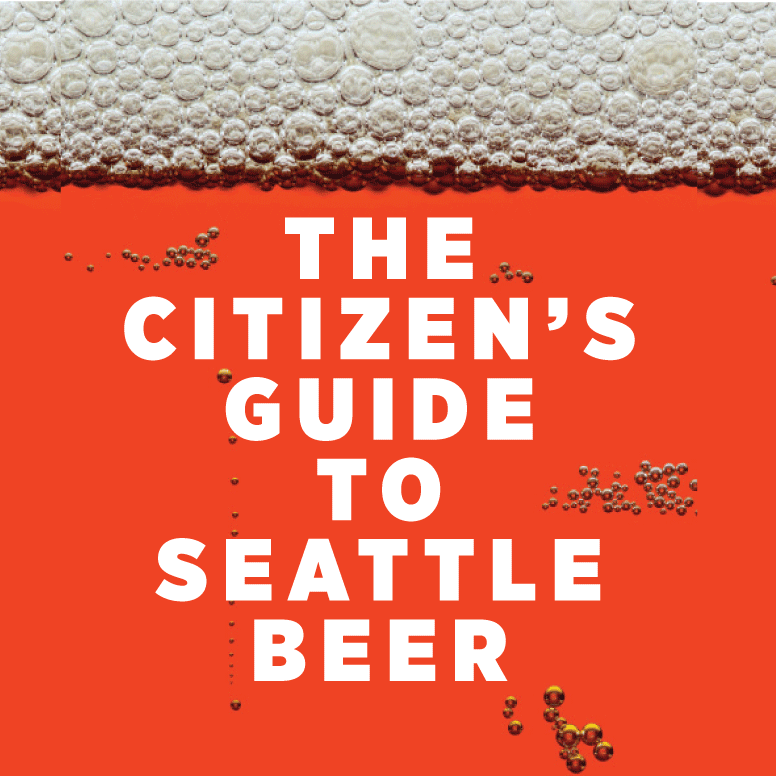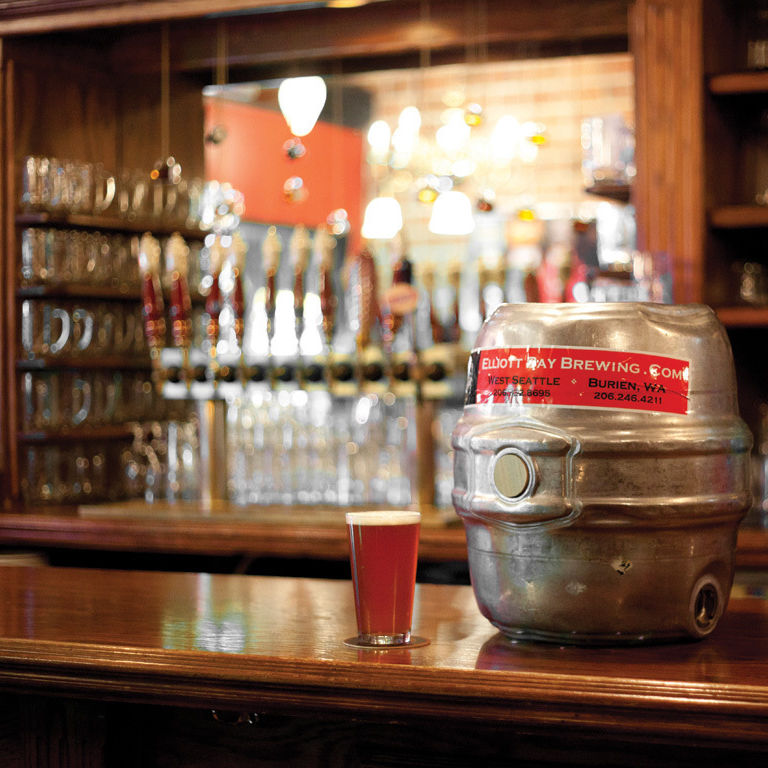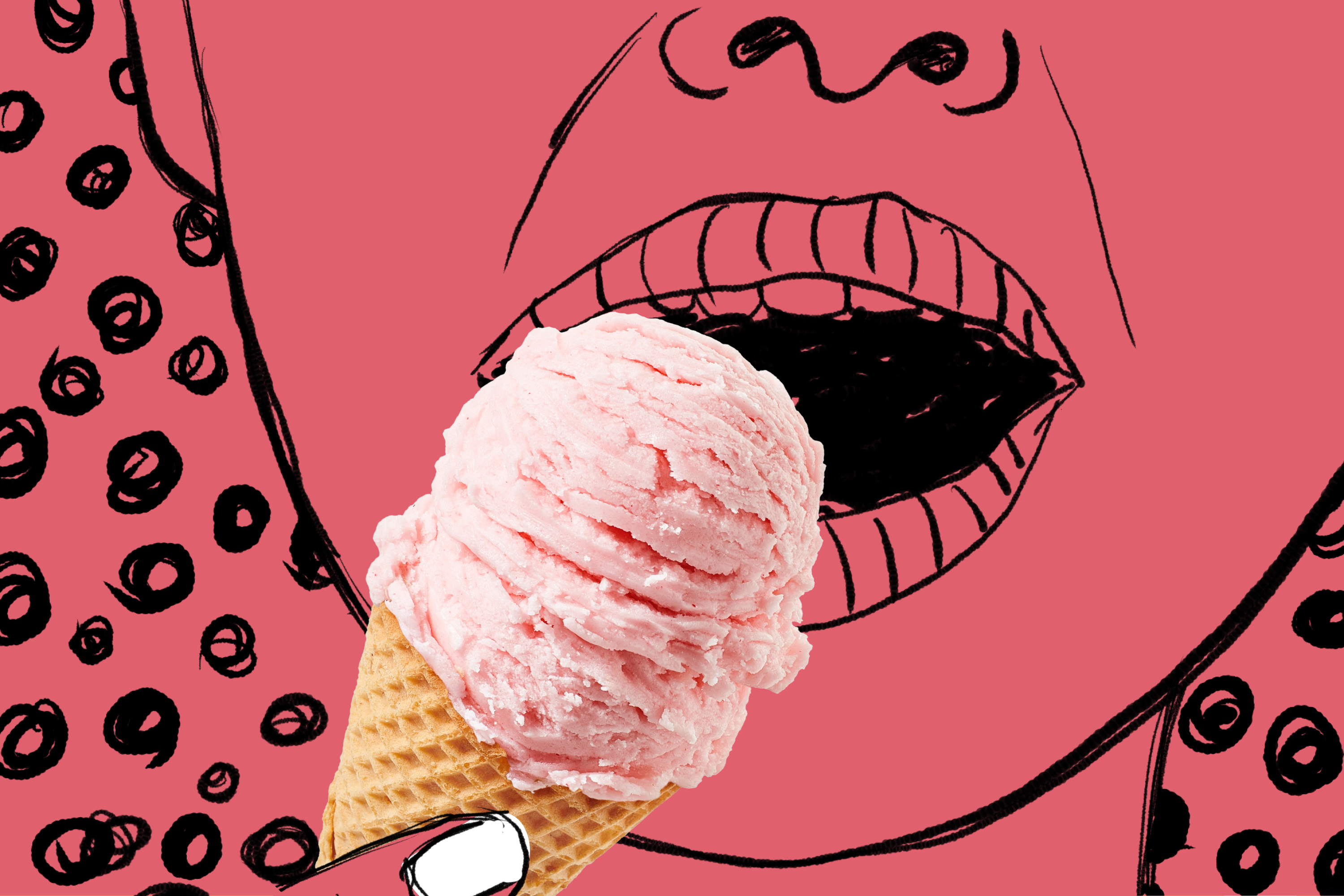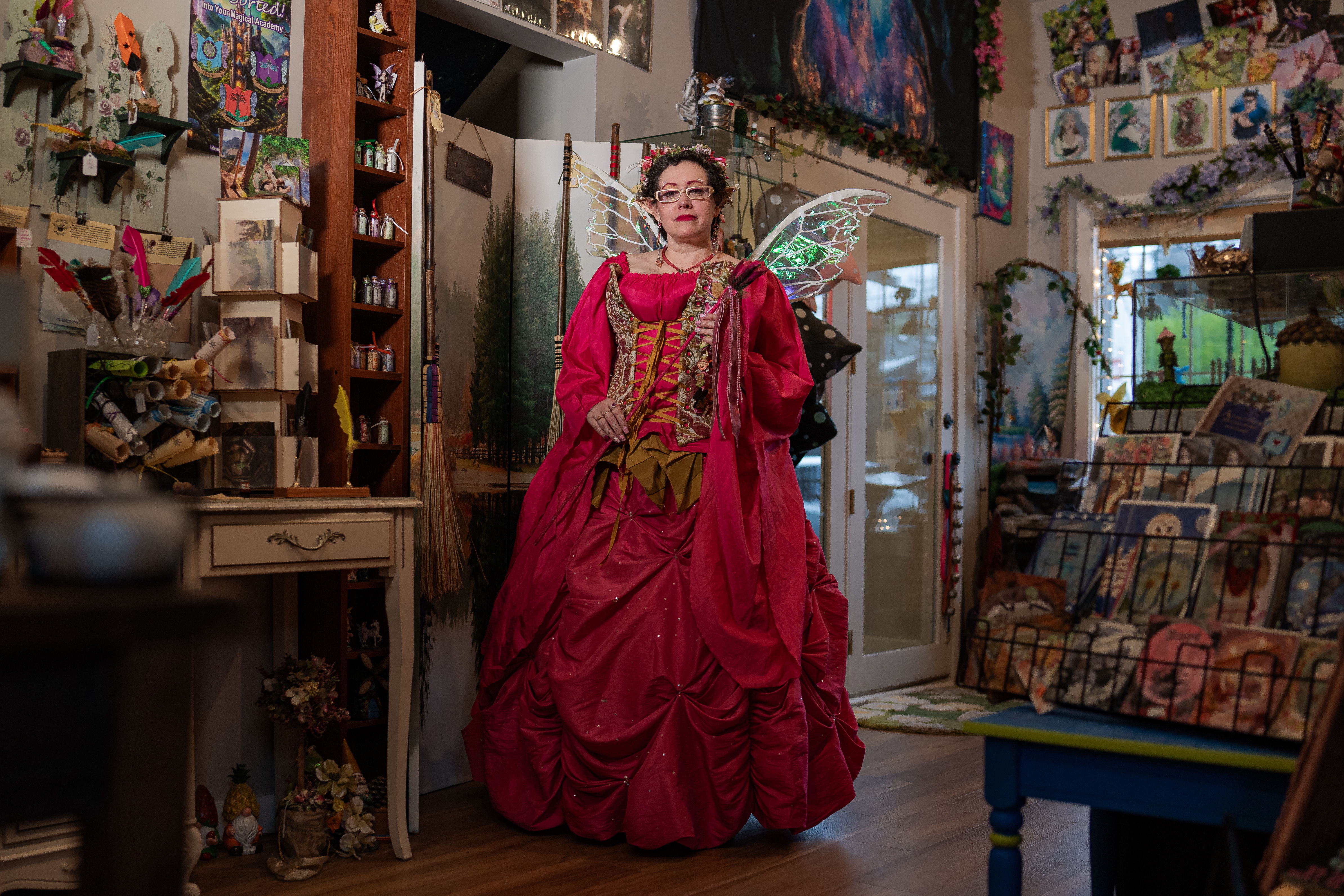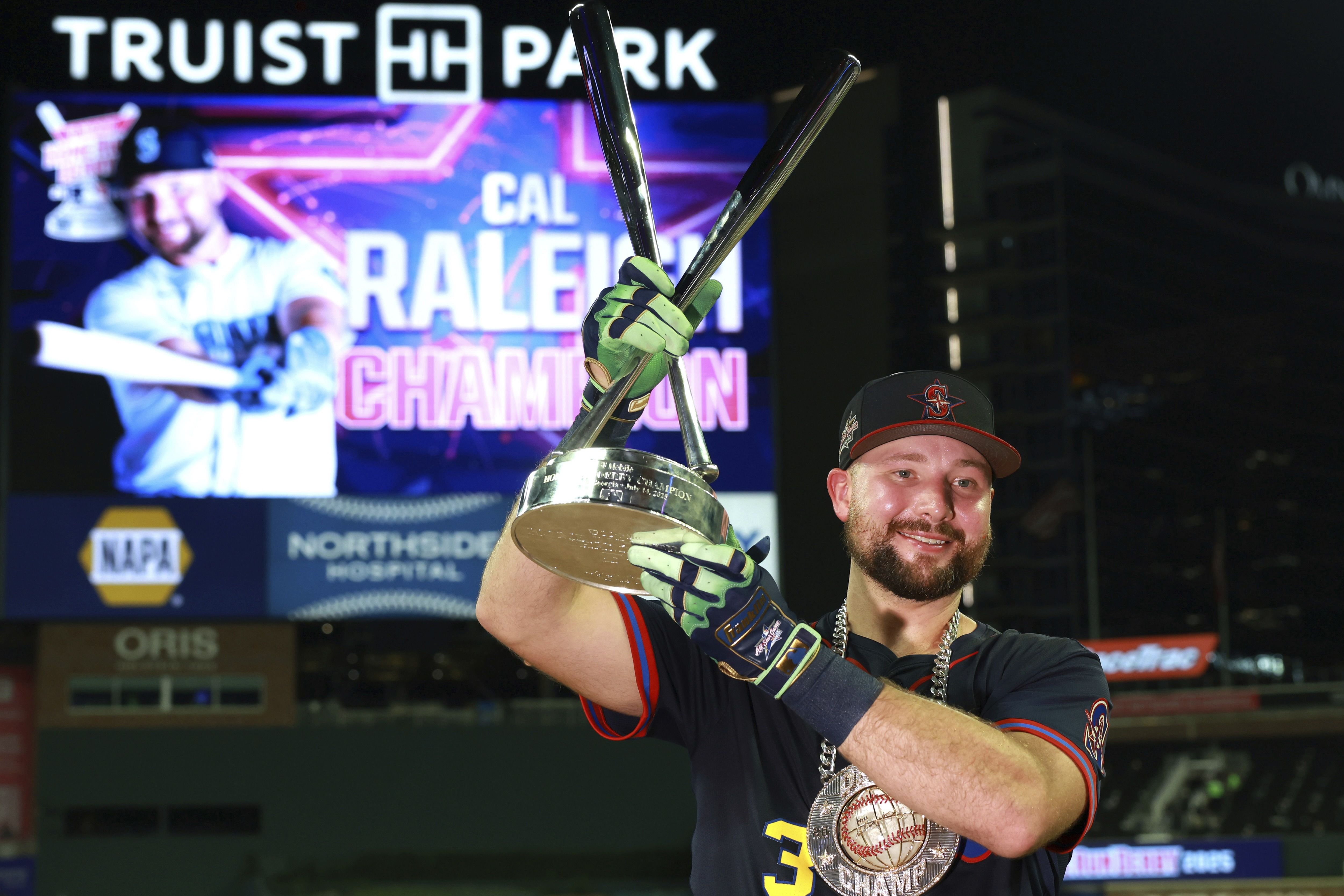The Citizen’s Guide to Seattle Beer: The Republic Of Cascadia
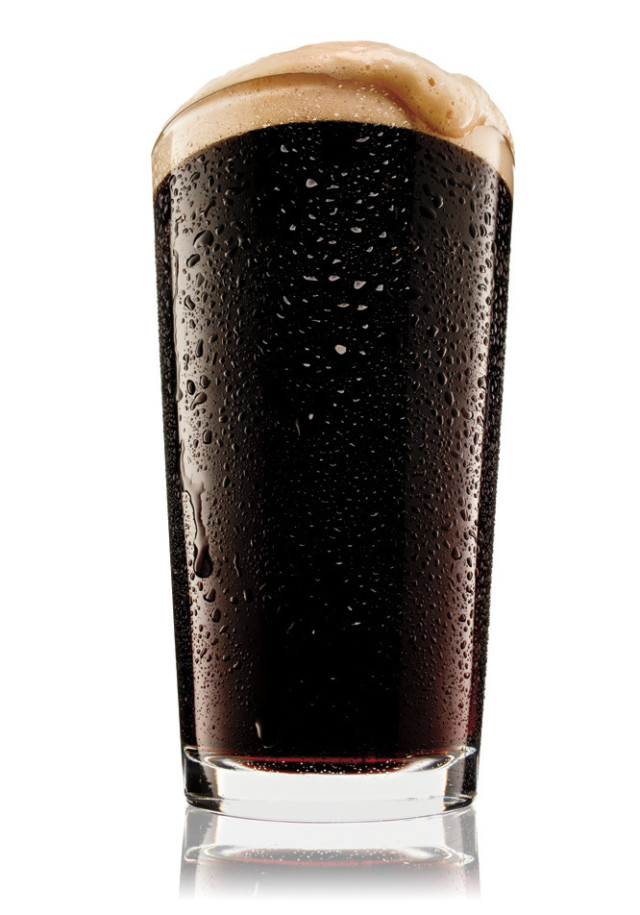
Image: Erik Skaar
IT FEELS VAGUELY treasonous talking to Abram Goldman-Armstrong , a Portland brewer and beer writer who refers repeatedly to a place called the Republic of Cascadia. The ROC is a sovereign nation, in the fantasy lives of Goldman-Armstrong and his cohorts, formed from Northern California, Oregon, Washington, and British Columbia. Its signature beer: the Cascadian dark ale—often called black IPA—an emerging style whose name remains the subject of considerable controversy.
What is Cascadian dark ale? It’s a highly hopped ale, made with hops grown here in Cascadia. It’s dry in the body, similar to an India pale ale but dark—reddish to almost black. The color comes from Carafa, a German malt that gives color without too much roasty flavor. But the roastiness is there.
Where does the name come from? My friend Bill Wood and I were brewing what we were calling India dark ale. He said, “We better call it a Cascadian dark ale before these people from San Diego try to claim they invented it.” (At that time, they were trying to push for any double or imperial-style IPA to be called “San Diego style.”) Pretty soon other people were picking it up—now you’ll see “Cascadian dark ale” on beer descriptors in North Carolina and Ontario.
What are you doing to preserve it? I’m hoping the name will be recognized by the Beer Judge Certification Program—they set the styles for home-brew competitions. I petitioned the Brewers Association in Boulder, Colorado. They’ve accepted the style as “American-style black ale” which doesn’t really capture it. And I think it is a disservice to Phillips Brewing in Victoria, BC—which is in Cascadia, but also Canada—who pioneered CDA as a year-round bottled product.
We heard that late Vermont brewmaster Greg Noonan was the first to brew black IPA. We’re not trying to say we’re the only people who ever brewed with dark malt and lots of hops. But the signature of CDA is the hops grown here—amarillo, cascade—which have these massive piney, resiny, and citrus-like aromas. The interplay between roastiness and hops is the key to the style.
Is anyone fighting you on all this? This guy called Jack Curtain did a very disparaging article in the Ale Street News [“Black and Bitter, True Origins of Black IPA,” August 2010]. There’s this obsession with who did something first in the brewing industry that is silly. I don’t want to take anything away from the Vermont brewers, I just don’t think they have anything to do with the rise of the style here in the Northwest.
Where can we citizens of the Republic of Cascadia find the best Cascadian dark ales? Seven Seas Brewing [in Gig Harbor, Washington] makes one and Mac and Jack’s [in Issaquah] does, too. Iron Horse in Ellensburg has one, but they call it a black IPA. In Oregon we’ve got Hopworks Secession, Deschutes Hop in the Dark, and Widmer Pitch Black. Widmer calls theirs a black IPA but say it’s “our take on the Cascadian dark ale.” They’re hedging their bets on that one.



